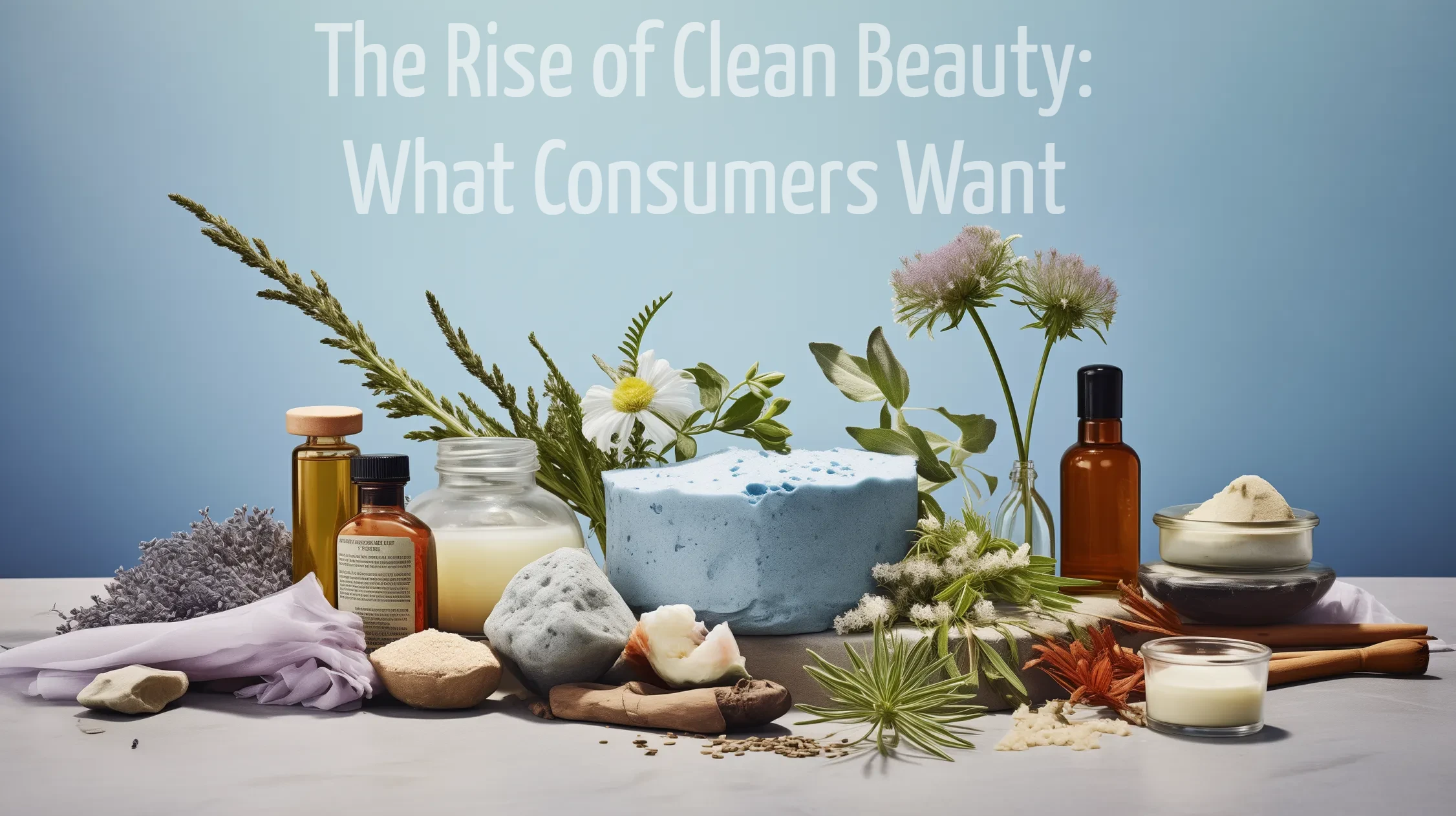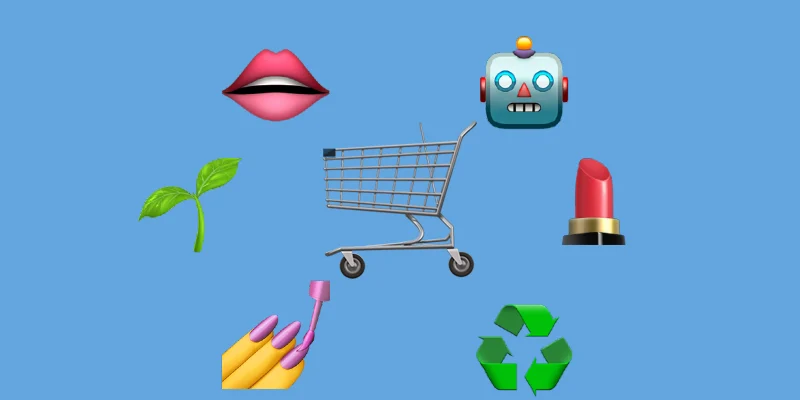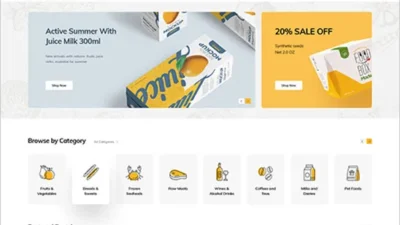In recent years, the beauty industry has witnessed a paradigm shift as consumers increasingly prioritize health, sustainability, and ethics in their purchasing decisions. This trend, known as “clean beauty,” emphasizes the use of safe, non-toxic ingredients, eco-friendly packaging, and ethical sourcing practices. As we step into 2025, the demand for clean beauty products has reached unprecedented heights, reshaping the market and setting new standards for beauty brands worldwide. This article delves into the key aspects driving the rise of clean beauty, offering insights into what consumers expect and how brands can meet these evolving demands.
The Growing Demand for Clean Beauty Products
The Health-Conscious Consumer
Modern consumers are more informed and health-conscious than ever before. They are increasingly aware of the potential risks associated with harmful chemicals commonly found in traditional beauty products. As a result, there is a growing preference for products that are free from parabens, sulfates, phthalates, and synthetic fragrances. Clean beauty products, which prioritize natural and organic ingredients, are perceived as safer and more beneficial for both personal health and overall well-being.
Environmental Awareness and Sustainability
Environmental concerns play a significant role in the rising demand for clean beauty. Consumers are seeking products that minimize environmental impact, from sourcing to disposal. This includes a preference for biodegradable ingredients, reduced carbon footprints, and sustainable sourcing practices. Brands that demonstrate a commitment to protecting the planet are more likely to earn consumer trust and loyalty.
Key Elements of Clean Beauty in 2025
Ingredient Transparency
One of the most critical factors for consumers in the clean beauty movement is ingredient transparency. Shoppers want to know exactly what they are putting on their skin. In 2025, brands are expected to provide clear and comprehensive ingredient lists, avoiding vague terms like “fragrance” or “proprietary blend.” Transparency also extends to the sourcing and processing of ingredients, with consumers favoring products that are ethically sourced and cruelty-free.
Eco-Friendly Packaging
Packaging has become a major consideration for environmentally conscious consumers. The demand for eco-friendly packaging has led to innovations in biodegradable materials, recyclable components, and minimalistic designs that reduce waste. In 2025, brands that use sustainable packaging solutions are likely to stand out. This includes refillable containers, compostable packaging, and the elimination of excess plastic.
Ethical Sourcing
Ethical sourcing goes hand-in-hand with the clean beauty ethos. Consumers are increasingly concerned about the social and environmental impact of the products they use. They seek assurance that ingredients are sourced responsibly, supporting fair trade practices and ensuring that workers involved in the supply chain are treated ethically. Brands that can trace their ingredients back to sustainable and ethical origins are more likely to resonate with today’s consumers.
Trends Shaping the Future of Clean Beauty
Innovation in Natural Ingredients
The pursuit of effective natural ingredients continues to drive innovation in the clean beauty sector. In 2025, we can expect to see more products featuring cutting-edge natural extracts, botanicals, and bioengineered ingredients that offer both efficacy and safety. Advances in green chemistry are also enabling the creation of high-performance beauty products without compromising on clean standards.
Personalized Beauty Solutions
Personalization is becoming a significant trend in the beauty industry. Consumers are looking for products tailored to their unique skin types, concerns, and preferences. Clean beauty brands are leveraging technology to offer customized solutions, such as AI-driven skincare analysis and bespoke product formulations, enhancing the consumer experience and meeting individual needs.
Increased Regulation and Standards
As the clean beauty movement grows, there is a push for more stringent regulations and standards to ensure product safety and authenticity. In 2025, we anticipate the introduction of clearer definitions and certifications for clean beauty, helping consumers make informed choices and trust the claims made by brands.
Conclusion
The rise of clean beauty in 2025 reflects a broader shift towards health, sustainability, and ethical responsibility. Consumers are demanding transparency, eco-friendly practices, and ethical sourcing, pushing brands to innovate and adhere to higher standards. As this trend continues to evolve, it presents a significant opportunity for beauty brands to align with consumer values and lead the way in creating a more sustainable and conscious industry. Embracing these principles is not just a trend but a necessity for staying relevant in the competitive beauty market of the future.



